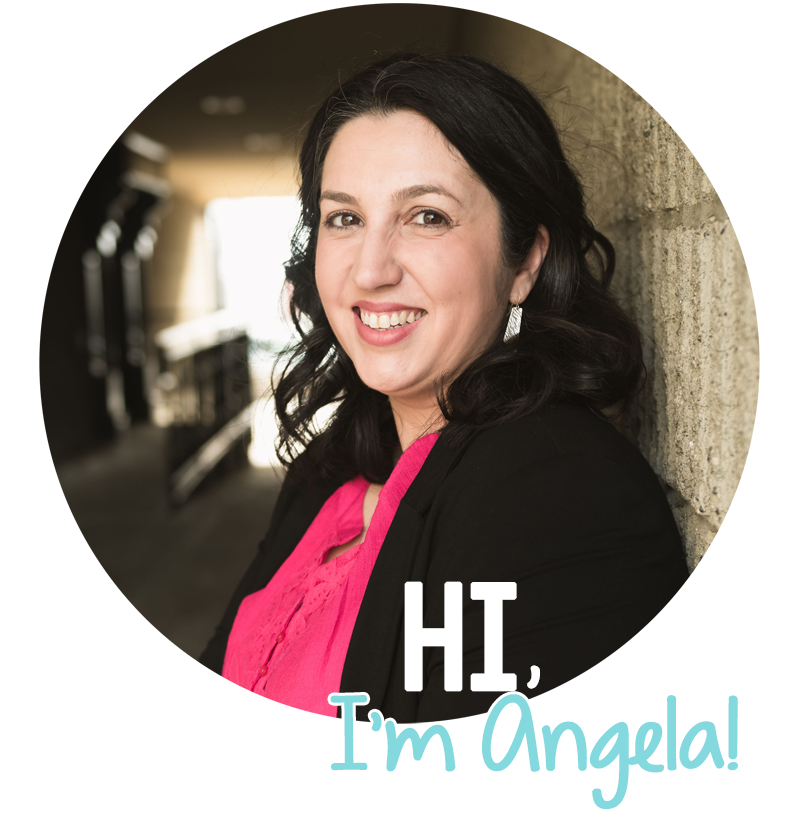
In case you aren’t familiar with the book, here’s a listing of the 7 Habitudes covered:
Today I’m talking about Chapters 3 and 4, which are Curiosity and Self-Awareness.
I mentioned this in my first post, but I really like how this book is structured. For every Habitude Angela Maiers explains the value behind it and then gives some practical, easy to implement lessons and teacher talk. For the Curiosity Habitude, Angela shares a variety of curiousity quotes from famous people with her students. One of the things she has them consider is “How did curiosity benefit this person as a learner?” I have to say, I LOVE this question. Anything that gets kids thinking about the benefit for them… I’m there.
I don’t really teach with the Adrienne Gear “Reading Power” series, but I know several teachers in my building who do. As I read the Curiosity section, I immediately thought it would tie in nicely with the Questioning power from Gear’s series.

I connected a lot with the Self-Awareness Habitude.
This quote got me. When children enter my classroom, I want them to be a part of the learning, right away. In every lesson, I want them to see value and understand why they are learning it. I want them to OWN their learning.
With my Smart Learning background, the students in my class are constantly setting goals and reflecting on them. Angela Maiers has some really good teacher talk that I’m going to add into my introduction goal setting lessons. I’m not going to post what that is here, because I don’t want too give too much of the book away!!
This book struck me often with the quick, practical applications. I’ve got about 20 Post It notes down the side of things to implement ASAP, with tonnes of notes written directly onto the pages. Every September, I have my students fill out a “What’s Important” sheet. I pull the students one-by-one and interview them during quiet reading time to finalize the information, take the pictures to add to the page and print for my TOC binder. This file has been for sale in my TpT store for a while. However, after reading the book, I’ve been inspired to update the file a bit and added two more questions:
I’m the sort of person who learns well when:
Something that gets in the way of my learning is:
My intention with this survey is to give students some ownership over their learning and self-awareness on their personal learning style. I can help my students regulate, but only to a certain point. They need to recognize their own learning needs too. By including these pages in my TOC binder, any substitute teacher in my room gets a quick snapshot of each of my kids. I’ve had a lot of really positive feedback from them. Next year, I intend to update the sheets after Christmas too.
You can click on the images above to head to my store and view the file.
Don’t forget to check out what the others thought of Chapters 3 and 4!
Want to read more book study thoughts?
Week 1: Introduction, Chapters 1, 2, 3
Pin this post.
















I love the idea of having the kids really be responsible for their learning. I really work on teaching my kiddos to have/embrace a growth mindset and this seems to go perfectly with that idea! We used to have someone test our kiddos to see what type of learner they were and she is not at our school anymore – it seems like we should definitely implement that again. I think it's interesting that the kids really know how they learn best. Thanks for sharing! janiefahey@gmail.com
Janie
Are We There Yet?
What kind of test did they do? I've developed something I use, but would love to see how it compares!
This comment has been removed by a blog administrator.
I'm loving this book and you're right, I want students to own their learning too, and the lessons detailer in that chapter are perfect!
Linda
The Purple Teacher
Aren't they, though? So glad we read this book!
Those quotes are two of my favorite too! This book has me thinking and reevaluating many things for this upcoming school year.
Same! So many new strategies to implement!
I'm glad you are enjoying the read! I knew it was a good one. I love how the Habitudes tie in with the good stiff we are already doing.